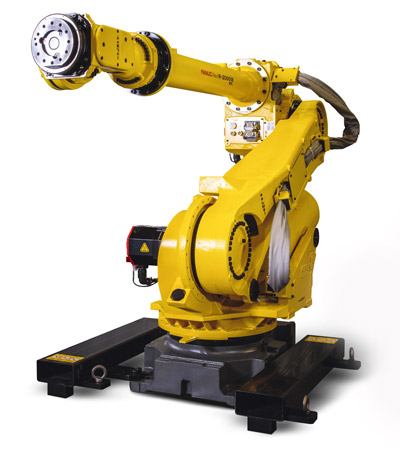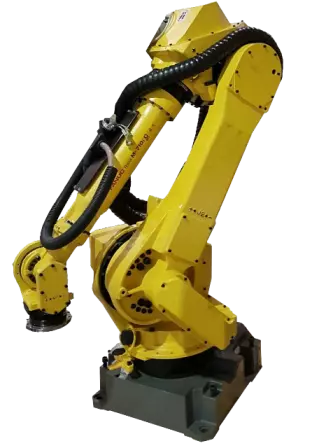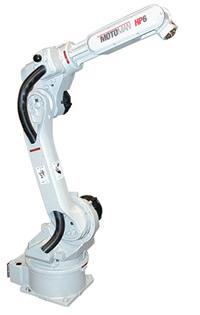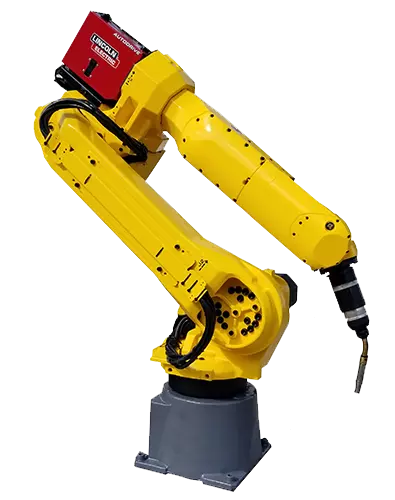Today’s industrial robots are advanced, intelligent, and sophisticated machines that are capable of automating just about any manufacturing process. There are numerous types of robotic applications, however, one type has remained the most prominent and that is welding. The accuracy, speed, and repeatability of articulated robots makes them ideal for automating welding processes. Welding robots can replicate the same skill as an experienced welder and with the shortage of manual welders expected to worsen, welding robots are solving the labor gap. Nearly fifty percent of all robots are used to automate welding. There are several types of welding applications that can be automated with robotic welders, from the conventional to the unconventional. Traditional welding applications remain the most common as these have proven to be tried and true methods.
Arc Welding
Arc welding accounts for about twenty percent of robot applications. In the past multi-purpose six axis robots were used for arc welding, but since it has become a staple in manufacturing many robot brands have designed specific arc welding robots. FANUC’s Arc Mate series features the Arcmate 100ic and the Arcmate 120ic with slimmer robotic arms and a hollow wrists allowing for access to narrow spaces. FANUC’s competitor, Yaskawa Motoman, is considered the leader when it comes to arc welding robots. Yaskawa’s MA1400 and the EA1400N are two of the best in the industry.In general, arc welding involves using electricity to permanently join together metals. There are several types of processes that fall under the arc welding family, but robotic MIG, automated TIG, and PAW are the more traditional processes used in manufacturing.
MIG stands for metal inert gas welding and is one of the easiest arc welding processes to automate with robots. MIG welding robots are ideal for welding large or thick metals. The use of a filler metal allows for the fast welding of thick metals and is why it is quite common in manufacturing.
TIG refers to tungsten inert gas welding. Robotic TIG welding is the go-to method for precision welding. This method is one of the slower welding applications but is one of the best for welds requiring great detail. TIG robots can weld just about any metal or alloy and is ideal for thin workpieces.
PAW or plasma arc welding is known for producing clean and high-quality welds. Plasma welding robots are capable of completing welds with a single pass of the weld torch, cutting down on cycle times. The concentrated plasma creates a small heat affected zone, preventing part distortion.
Resistance Welding
Resistance welding is another traditional robotic welding method and accounts for about thirty percent of robotic applications. This process involves joining together metals at a specific point.Spot welding is the most common form of resistance welding and is used heavily amongst automotive manufacturers. In automotive factories, you are likely to see the ABB 6640 or the FANUC R2000ib spot welding car frames. Spot welding robots are a cost-effective automation solution for thin metal welding. These factory robots have become common since their precision and high payload capacity allows them to produce accurate welds repeatedly.




